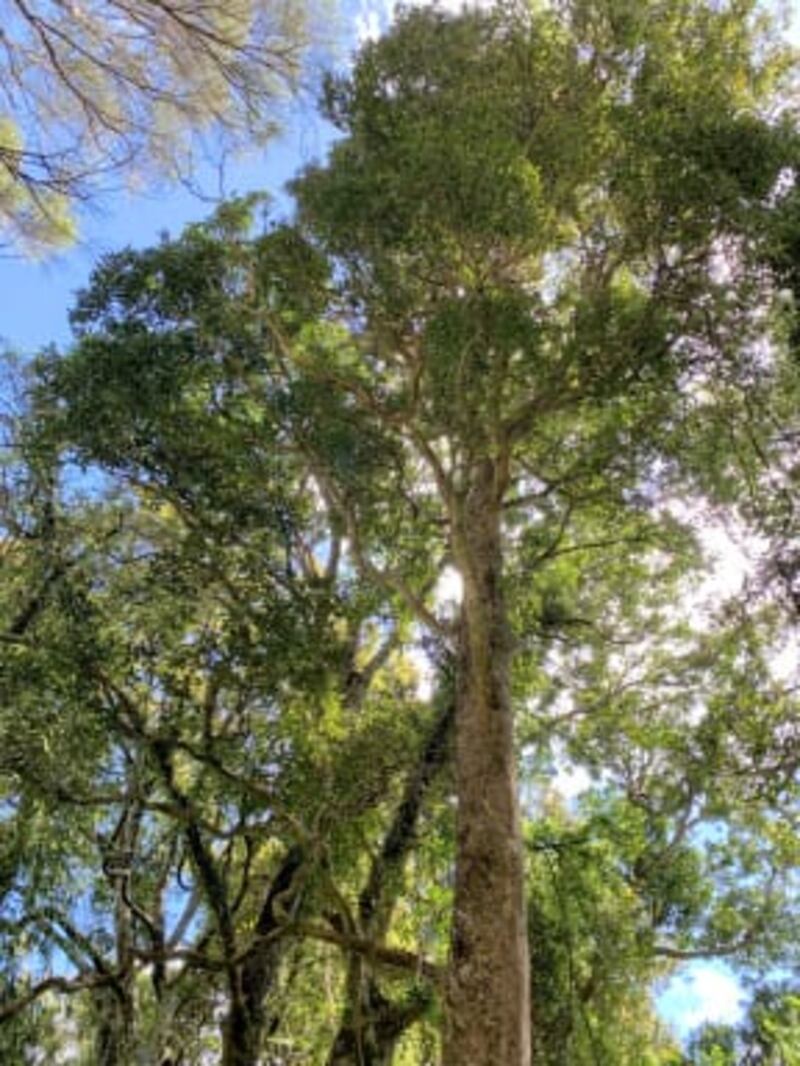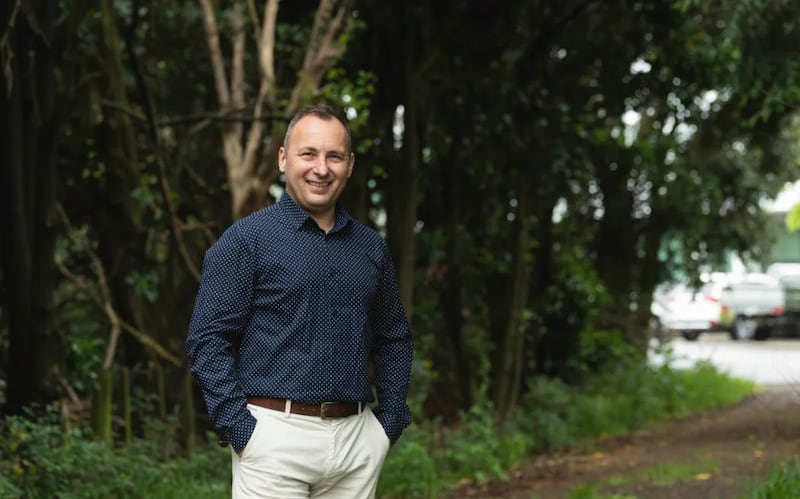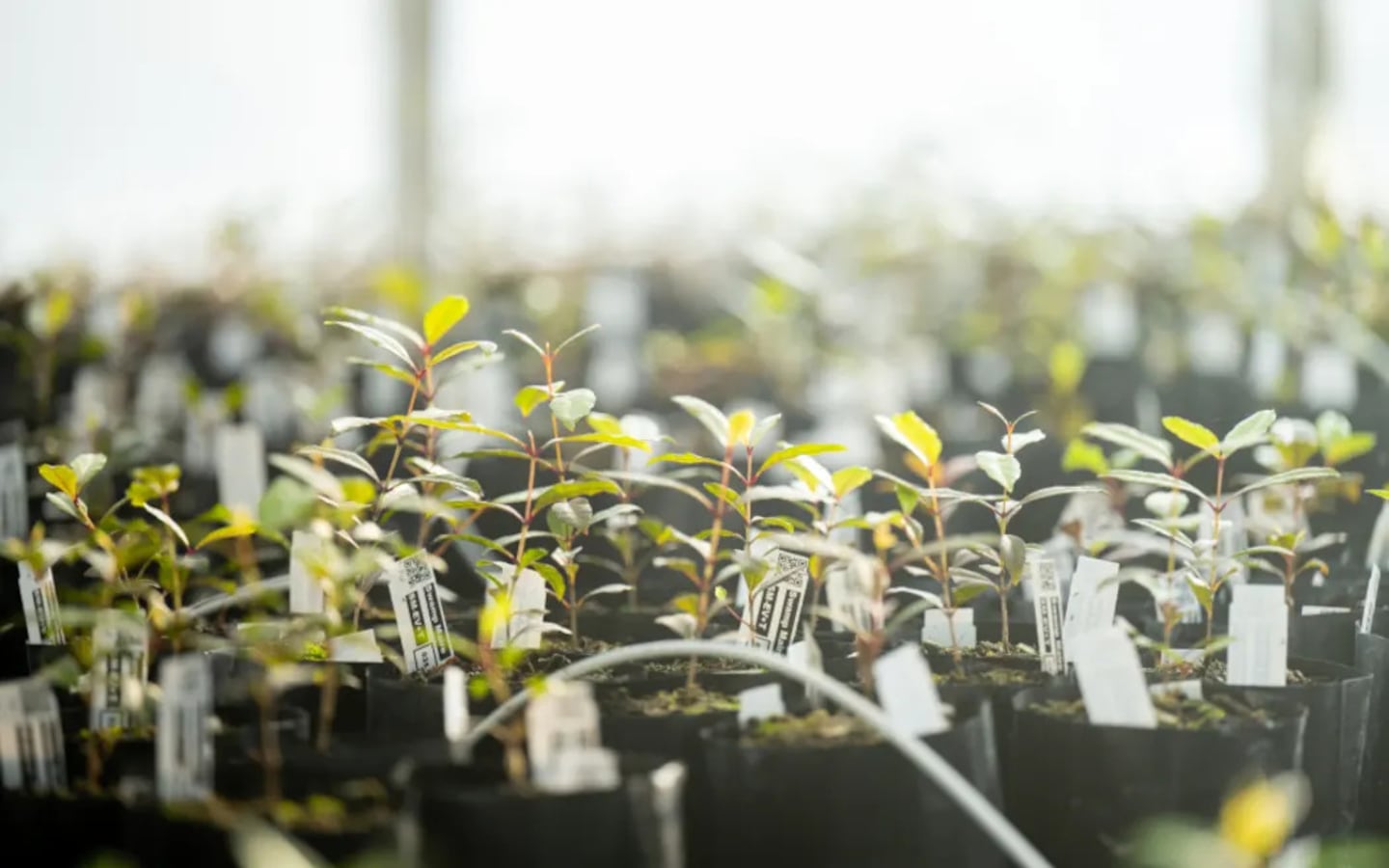This article was first published by RNZ.
A Manawatū iwi is believed to be the first indigenous group to name a genome sequence - something that is hoped will help to bring a critically endangered plant back from the brink of extinction.
Researchers from Rangitāne o Manawatū, Plant & Food Research and Victoria University of Wellington collected and sequenced the DNA of maire tawake or swamp maire (Syzygium maire).
Massive habitat loss - especially in the Manawatū region - as swamps were replaced with farmland means there are only a few remnant populations scattered throughout the North Island.
Wayne Blissett of Rangitāne o Manawatū said the iwi approached Plant and Food Research, identifying swamp maire as a focus for conservation and research.
The iwi was asked if members would consider putting the genome under the kaitiakitanga of Rangitāne and after a wānanga, they agreed.
The resulting genome sequence has been named ‘Ngā Hua o te Ia Whenua’, translating to ‘the fruits of the land’. It is believed to be the first genome to be given a te reo Māori name.
“[The name] is really translating and reflecting the fruits of the land and the different components and contributions that maire tawake provides across the rohe from a Rangitāne nui rawa perspective,” Blissett said.

Swamp maire was widely used by Māori as rongoā (medicine), perfume and as the timber was quite strong, it was used to make weapons, he said.
“Once it used to be quite common but with the draining of the swamps around the greater Manawatū a lot of the natural habitat was destroyed and that’s how the decline of swamp maire came about.”
Plant and Food Research science group leader David Chagné said the genome sequence helped scientists understand how the remaining few trees in the Manawatū region were related to each other and how much inbreeding was happening. Avoiding inbreeding would make the species more resilient.
The name would also cement the long-term iwi association with the plant, he said.
“How do we ensure that Rangitāne keep that guardianship, that katiakitanga of the genome in the long term, and I think one of the best ways to do that is actually to name the resource with something that is meaningful to Rangitāne because that means they keep the identity of the genome associated with that iwi.
“It’s been named by them and you cannot remove that name ever. So I think it’s quite powerful to do this sort of approach to actually keep that attribution of that resource, that treasure, that taonga to the kaitiaki.”

Chagné believed the name would make a difference for the iwi and for the maire itself.
“This is a project I’m very proud of ... because this is really cool, we’re really doing something that’s never been done before I believe in attributing a scientific resource like this to an indigenous community.
“I really hope it’s going to inspire a lot of researchers and communities around the world to do the same.”
The project was proof that indigenous knowledge and science could work together to create the best practice model, Blissett said.
“It’s a real privilege to be able to work as part of a team of pūtaiao and mātauranga māori experts to come to a product that allows indigenous peoples to see themselves in the international science communities as equals.”
- RNZ

